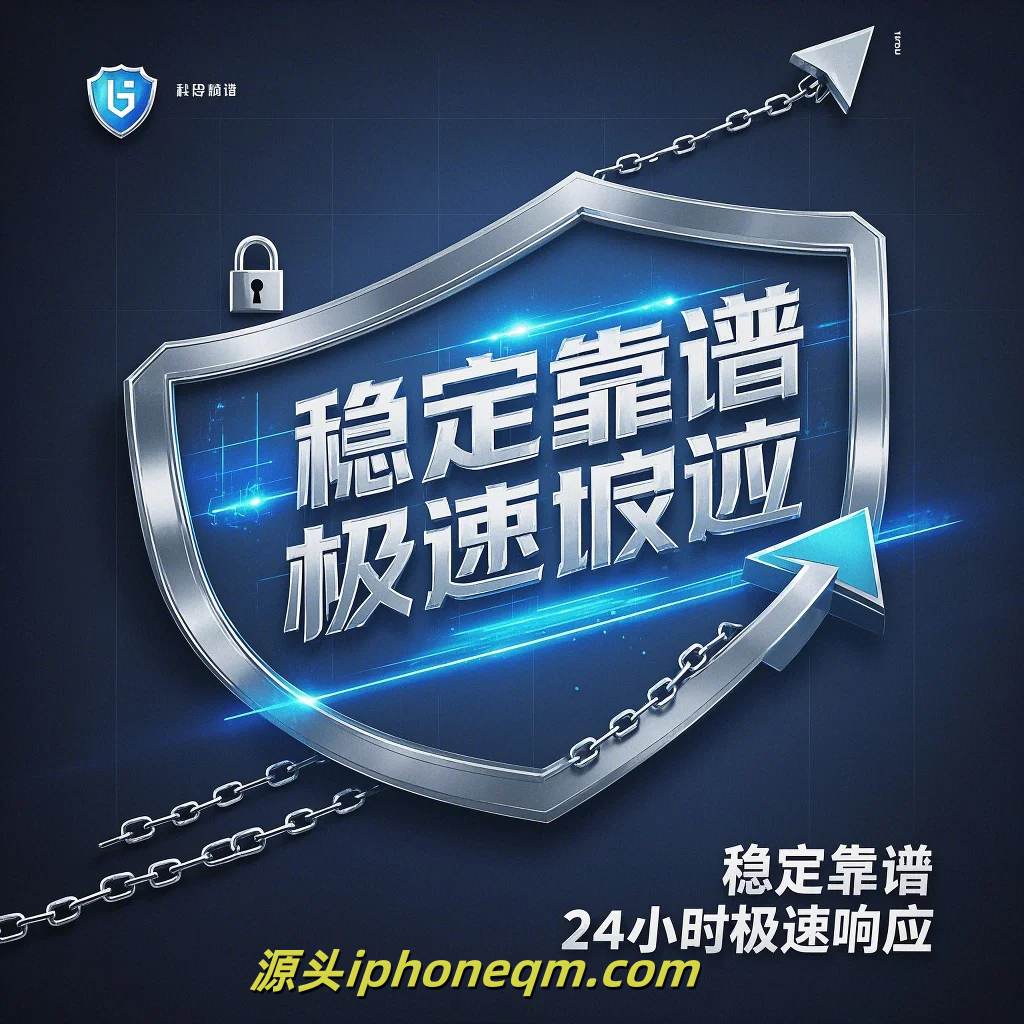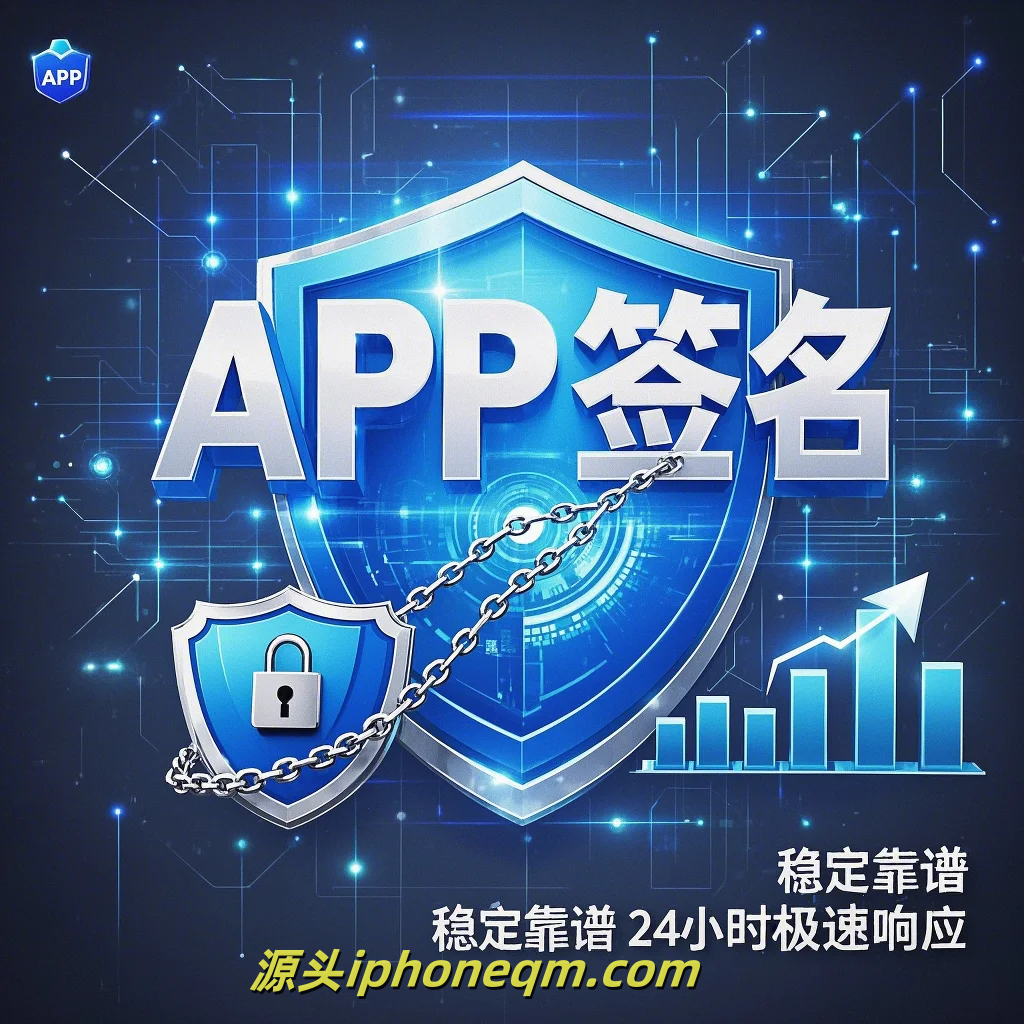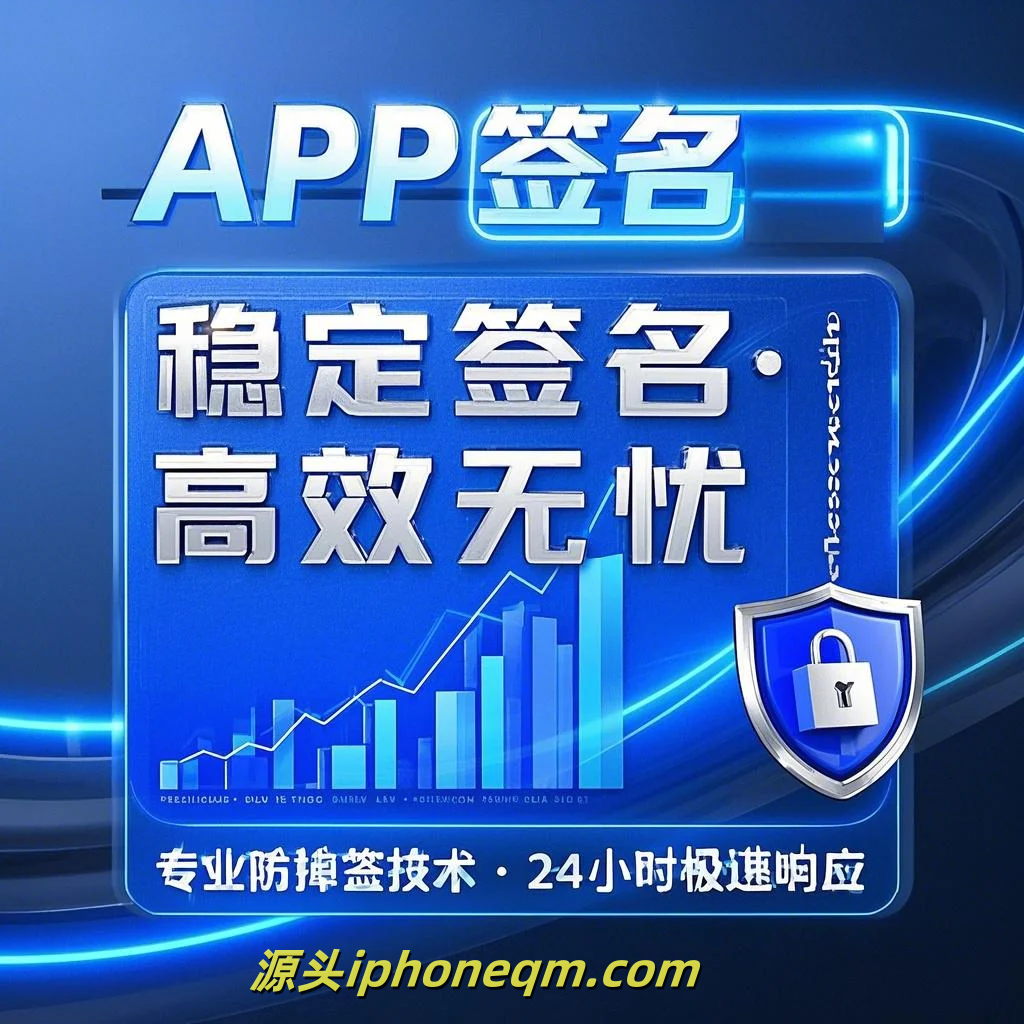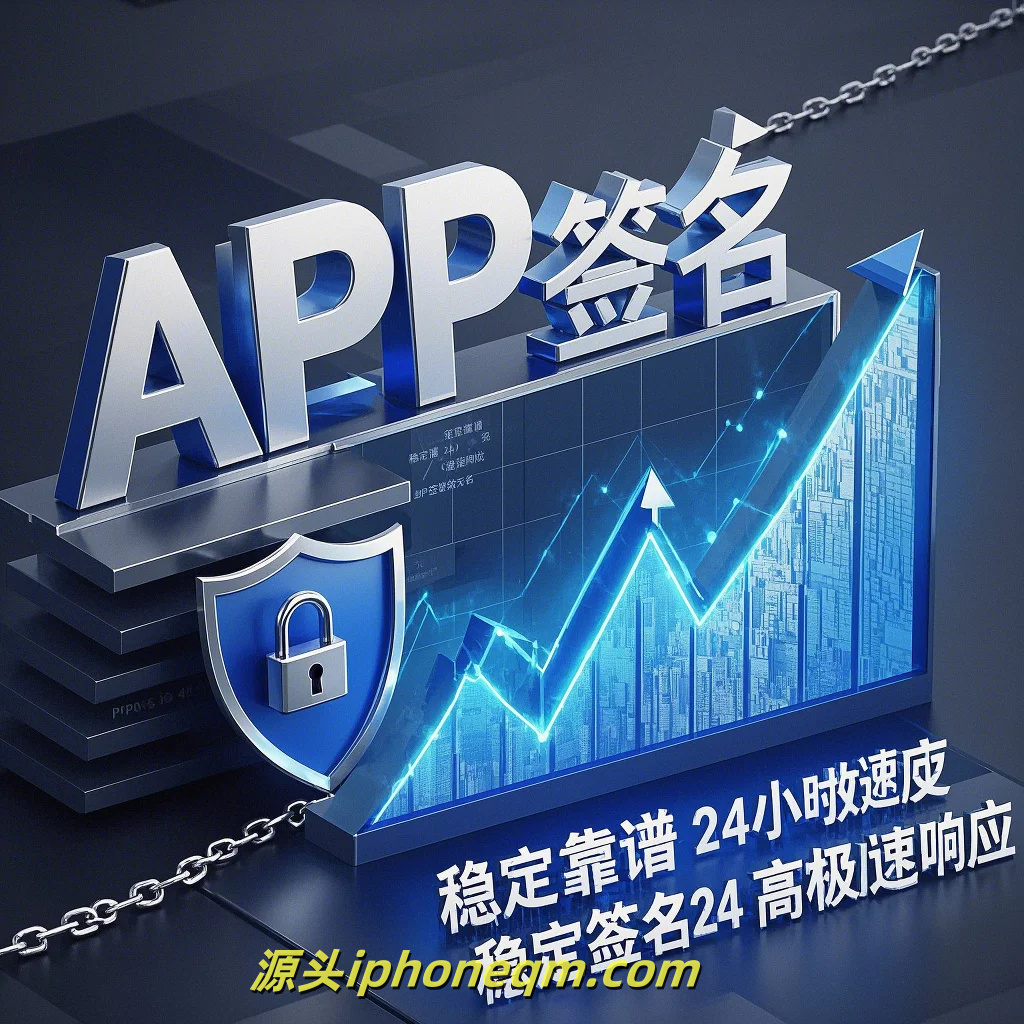In today's digital landscape, creating secure software is paramount, especially for iOS applications. With increasing cyber threats, understanding the process of iOS signing can make a significant difference in the security of your app. In this article, we'll explore how to build secure software with iOS signing, focusing on key concepts and practical steps to enhance your app's security.
First, let's start with the basics of iOS signing. iOS uses a strict code signing process to ensure that only trusted apps can run on its platform. This process involves the use of digital certificates that verify the identity of the developer and the integrity of the app itself. When you sign your app, you're essentially vouching for its authenticity, which is crucial for protecting users against malicious software.
The signing process starts with obtaining a developer account. You'll need an Apple Developer Program membership to access essential resources, such as certificates and provisioning profiles. Once you have your account set up, you can create an App ID, which uniquely identifies your application. This ID is a critical element in the signing process, as it’s linked to your app’s certificate and the provisioning profile.
Now, let's dive into the steps to effectively sign your iOS application. The first step is to create a certificate signing request (CSR). This CSR is generated on your Mac using the Keychain Access utility. It contains your public key and is used to request a signing certificate from Apple. After creating the CSR, upload it through your developer account to receive your signing certificate.
Once you have your certificate, the next significant step is to create a provisioning profile. A provisioning profile is a file that ties your App ID with your signing certificate and specifies which devices can run the app during development and testing. There are different types of provisioning profiles: development, distribution, and ad hoc, so choose the one that suits your needs.
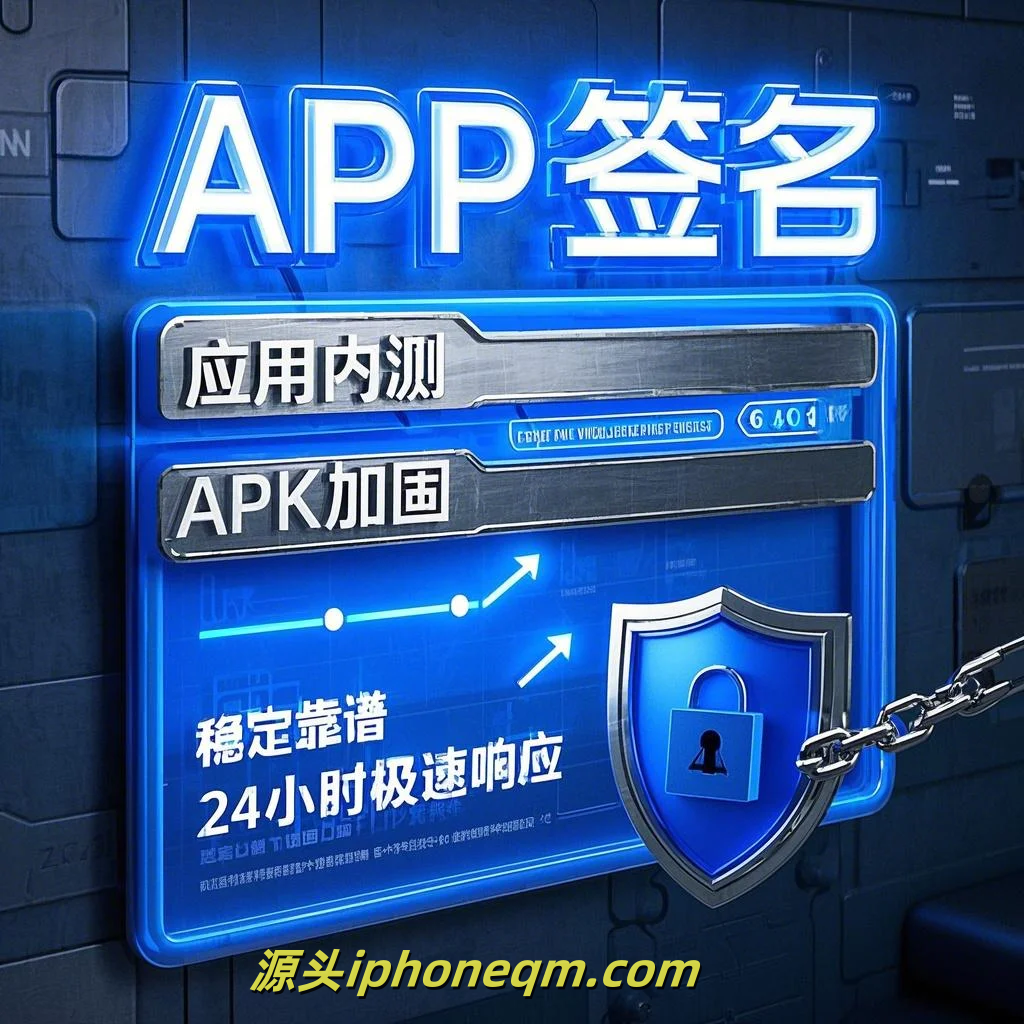
Next, you’ll want to ensure that your app’s entitlements are correctly set up. Entitlements are key-value pairs that define the capabilities of your app, such as access to iCloud, Push Notifications, or App Groups. Proper configuration of entitlements is crucial because any discrepancies could result in issues during the signing process or ultimately lead to security vulnerabilities.
With your provisioning profile and entitlements in place, you can now sign your app. In Xcode, this process is relatively straightforward. Ensure that the correct provisioning profile is selected for your target under the 'Signing & Capabilities' section. Xcode handles the signing process automatically during the build, ensuring that your app is properly signed before deployment.
After building and signing your application, it’s crucial to test it rigorously. Testing not only verifies that your app works as intended but also helps identify potential security weaknesses. Use tools like static analysis, dynamic analysis, and penetration testing to uncover vulnerabilities that could be exploited by malicious actors.
Finally, keep your development environment and tools up to date. Apple frequently releases updates to its software and frameworks, which often include security patches. Incorporating the latest updates reduces the risk of vulnerabilities in your iOS application.
In conclusion, building secure software with iOS signing requires a clear understanding of digital certificates, provisioning profiles, and entitlements. By following the process diligently, regularly updating your tools, and conducting thorough testing, you can significantly enhance the security of your iOS applications and protect your users from potential threats. The iOS signing process is not just a technical necessity; it's a crucial step in maintaining trust and security in your software development lifecycle.
扫描二维码推送至手机访问。
版权声明:本文由MDM苹果签名,IPA签名,苹果企业签名,苹果超级签,ios企业签名,iphoneqm.com发布,如需转载请注明出处。

